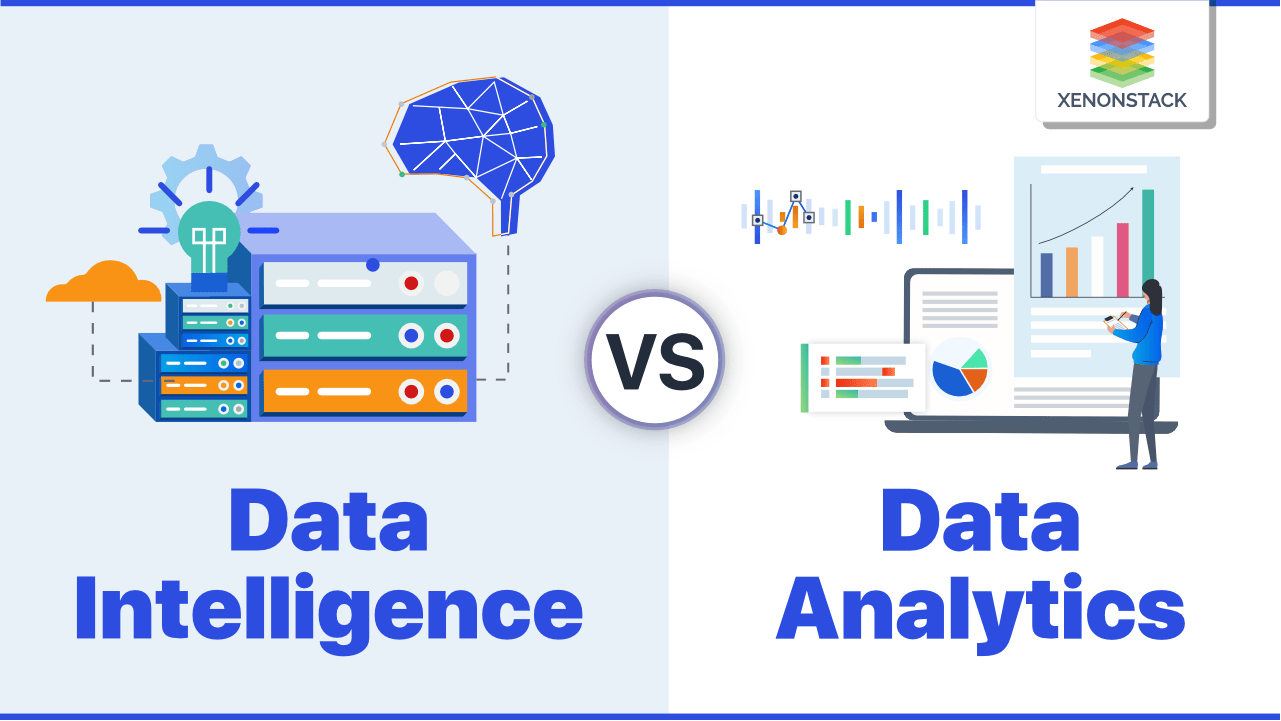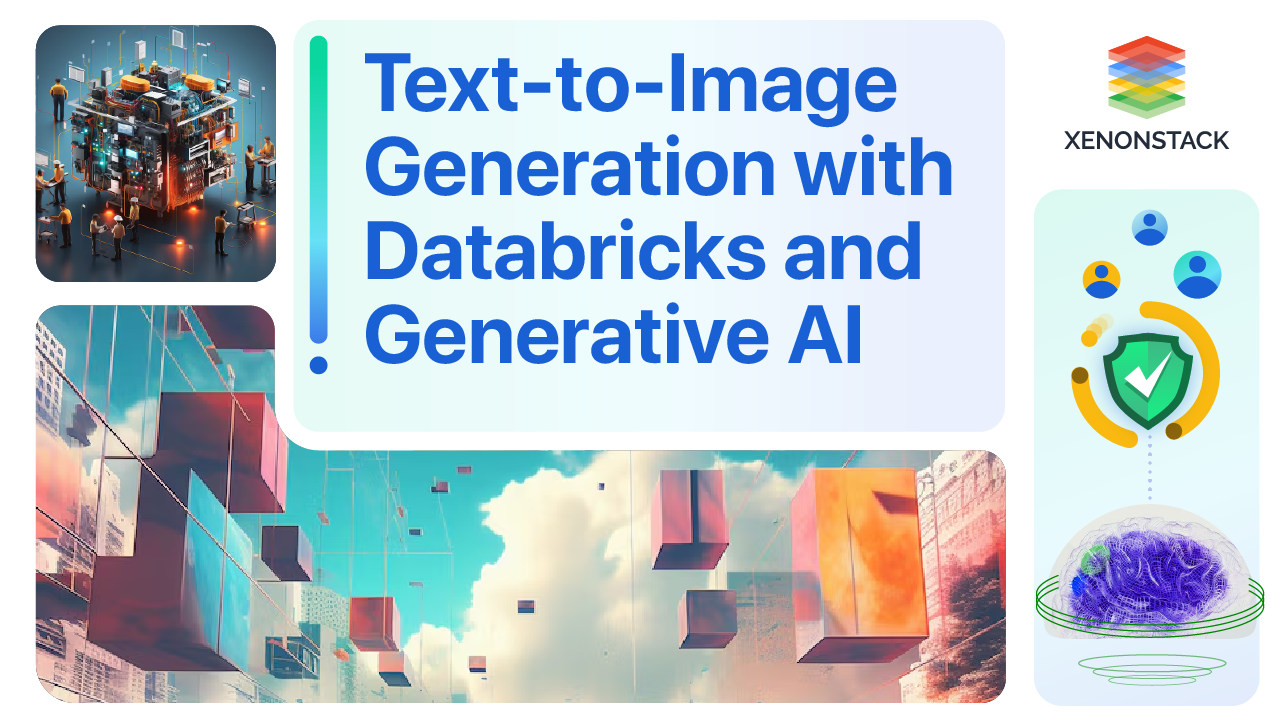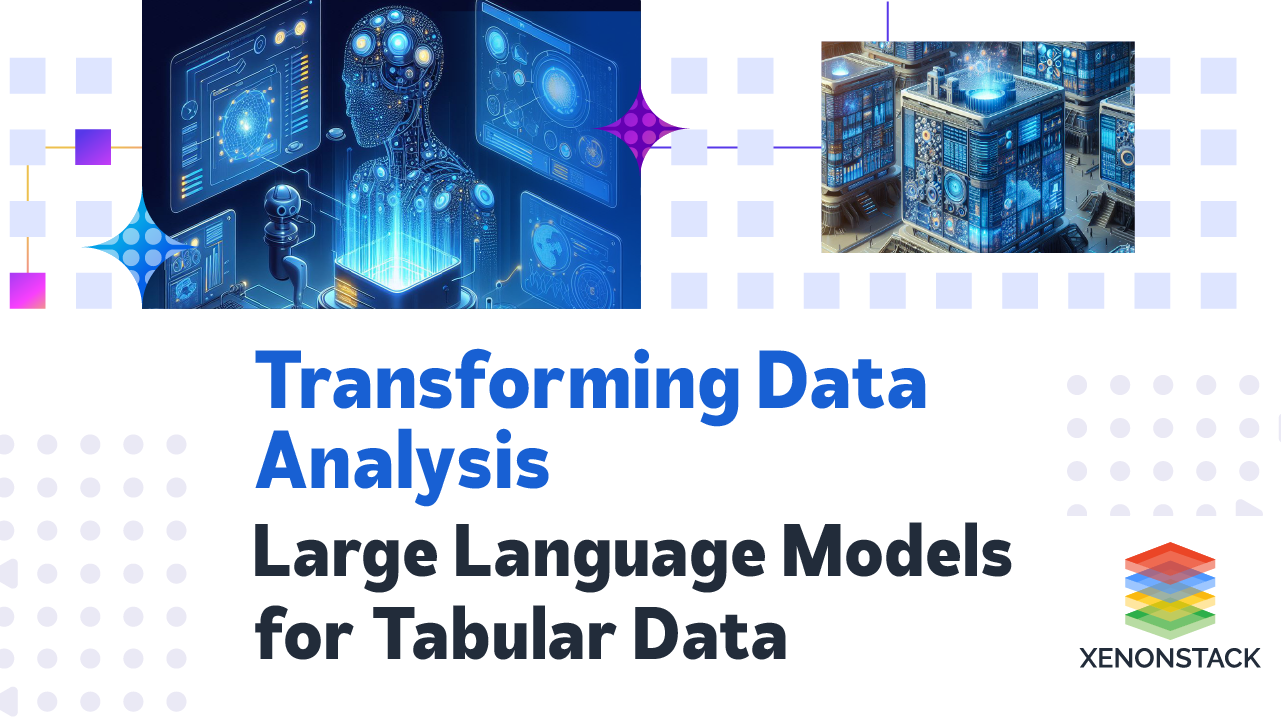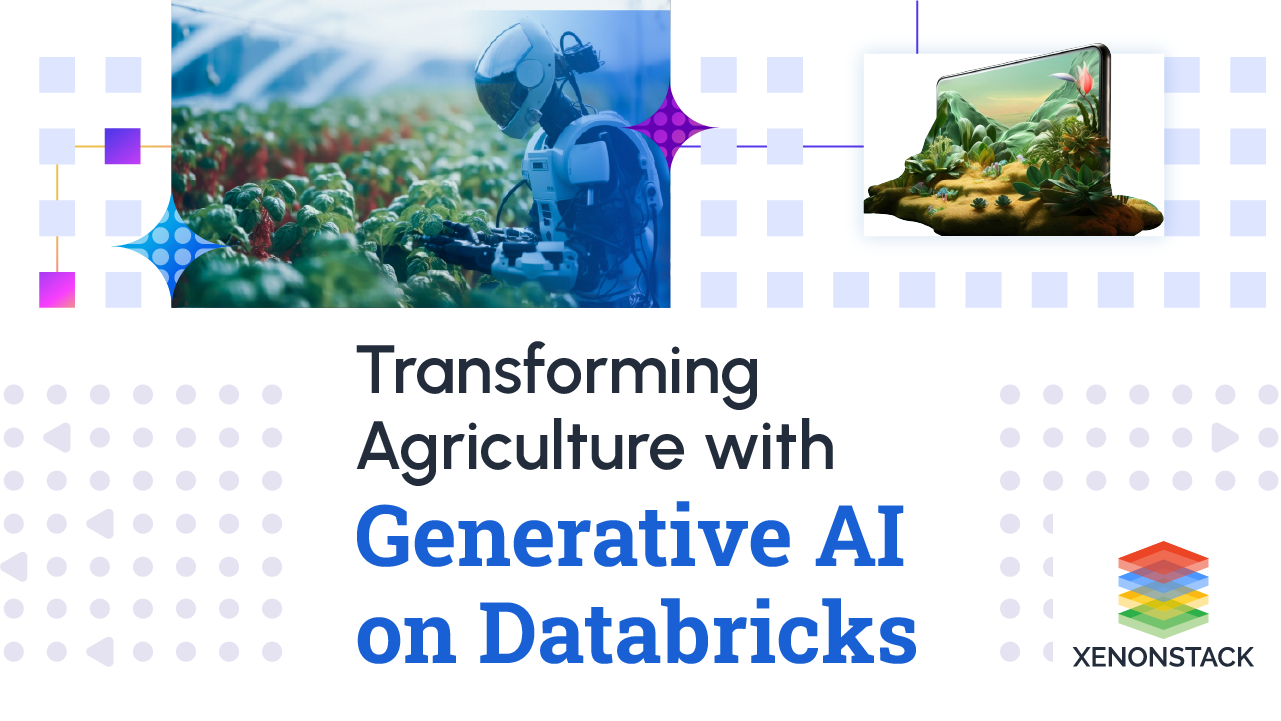
Introduction to Data Analytics and Intelligence
Customers are the most expensive in business, but customers have huge exposure on their hands in reality. If they are unsatisfied, they stop taking service. So, customer churn needs to be reduced. Data analysis could help to reduce customer churn. Data governance, Limited resources, and lack of data control are other challenges. Data intelligence and analytics help to resolve them.
Data intelligence always plays a vital role in artificial intelligence and machine learning. Machine learning tools help to perform analysis on a larger dataset. Data intelligence helps to make better decisions for the future organization.
Data intelligence is related to big data management, data mining, human-computer interaction, and machine learning. E-commerce applications and social media applications are built on data intelligence. Intelligence has an essential role in cybersecurity, health, finance, and insurance data.
Data Analysis perform on the dataset to predict so that organizations can move forward. To reduce customer churn rate, fraud detection, and even to develop products, organizations take the help of data analytics.
Data Intelligence is also about empowering your employees to create enterprise value and helping them avoid the risk of abuses along the way. Click to explore our, Data Intelligence Business Benefits and Implementations
What is Data Intelligence?
Data intelligence refers to analytics tools and techniques that help to understand data better. Mainly data analysis performs under data intelligence helps to make a better decision. AI and machine learning models are also used in the current scenario for better analysis. Data intelligence tells about what happened and why it happened? When happen? Where? How?
A few significant components of data intelligence are descriptive, prescriptive, diagnostic, decisive, and predictive data.
What is Data Analytics?
In data analytics, the raw dataset is collected and then processed as that row dataset, and the organization tries to read the trend. The dataset also predicts what may happen in the future. Data analytics can be different types like descriptive, diagnostic, predictive analysis, etc.
The customer dataset contained information like customer name, gender, which service is provided to the customer, price, payment mode, and whether the customer is dependent on someone.
Now how does data analysis respond in different stages and solve the problem?
Descriptive Analysis
In such type of data analysis, we examine what happens in the dataset? Or what is happening? Like, in the case of churn analysis, first examines how many customers are churning? And customer churn rate also. What is the gender distribution of customers? Whether that customer is dependent on someone or not? In such a way, datasets describe to the analyst for further analysis.
Diagnostic Analysis
Diagnostic analysis performs after descriptive analysis to know the reason behind the descriptive analysis. To perform diagnostic analysis, the key question is why? Like from descriptive analysis, one can know, "how many customers stop taking service?" And diagnostic analysis tells about more information. If female customers are more churn than mail customers, then diagnostic analysis suggests why female customers are more churn? According to Fig 3, as the customer is dependent, the price of phone service is high, and the customer is unsatisfied with the company's service.
Prescriptive Analysis
This type of analysis helps predict the outcome and what action needs to be taken. The prescriptive analysis is further divided into optimization and random testing. For example, as per Fig 3, "If a customer is churning," the company should improve its service. Also, the company should reduce the price to reduce the customer churn rate.
Predictive Analysis
Once diagnostic analysis performs, predictive analysis is possible. From the predictive analysis, it's possible to know what will happen in the future? From predictive analysis, one can know which customers would be churning? For example, in Fig3, one asks the model and supples some customer information "Will the customer be a churn or not?" and the model response is no.
What are the Importance of Data Intelligence and Data Analytics?
The importance of Data Intelligence and Data Analytics are described below:
Data Intelligence
- Data Intelligence helps companies take decisions in favor of organizations.
- With data intelligence, from historical data, companies know about essential factors that information has a significant impact on a company's revenue growth.
- Data intelligence makes the organization smarter and also helps to make data-driven decisions.
- Data-driven decisions are like - Identifying the ways how can increase profit, Also possible the analyze customer behavior, and team member performance tracking is possible.
Data Analytics
- Data analysis helps in the product development phase. Once the analysis performs, one will be aware of the current market trend and how much customers use the product, such as relevant information. Data analysis helps to build an effective product.
- Data analysis helps increase business proficiency and helps decrease the cost price of a product.
Cloud technologies are already bringing multiple advantages to the IoT and Fog computing, cloud computing, and edge computing technologies have irreplaceable solutions to many IoT challenges. Click to explore our, Difference Between Cloud, Edge, and Fog Computing?
What are the challenges of Data Analytics and Data Intelligence?
There are different types of challenges with Data Analytics. Few of them are -
Meaningful data collection
In current scenarios, data analytics deal with big data. That datasets contain much irrelevant information as well. That's why collecting meaningful Data is a big challenge. In most cases, analysts process the dataset after collection and make changes according to requirements.
Right tool selection
Various tools are available in the market. Like MongoDB, Cassandra, etc., for data storing. On the other hand, Microsoft Power BI, Tableau, Jupyter Notebook, etc., for data visualization. Any of these tools can use for data analysis. But from such options selecting the right tool for analysis is another challenge.
Growing data culture in the organization
Very few are aware of the importance of data culture for an organization's growth. This is also a challenge to clarify the importance of data to others. The top level of the organization understands the significance of data, but most of the time, some organizations fail the understand the importance of data for organizational growth.
Data Visualization
Dataset is meaningless until properly visualized the dataset is. As human brain can keep visual information for a long time. But the time right tools selection, there have many visualization tools mentioned, and now selecting the correct tool for data visualization is another major challenge.
Data Intelligence vs. Data Analytics
Data intelligence is the collection of data. With the help of data intelligence, we can extract meaningful insights from the dataset that helps to make decisions. This task performs by AI and machine learning modules. Even sometimes, this task performs manually.
On the other hand, data analytics performs on the datasets and predicts the future. Based on that prediction, actions take for organization growth.
Another way, Data intelligence collects data and then performs some events and actions and from the collected Data tells what happened and why it happened so. On the other hand, data analytics performs operations and predicts what will happen.
What are the Use Cases of Data Intelligence?
Data Intelligence use cases are described below:
Healthcare System
Nowadays, healthcare services move online rapidly. The Healthcare sector is the largest market in India and the most profitable from a business point of view. That's why organizations need to make better decisions, and data intelligence comes into its role to help. Here, the patient's health is the top priority. The organization needs to analyze big data to make decisions for patient health and business growth. AI, machine learning, and deep learning modules help analyze the dataset. Even data intelligence helps to know whether customers satisfy or not by analyzing app data.
Supply Chain Management
To manage the supply chain, a business needs to deal with big data. Here Business Intelligence calculates the business risks, how to reduce loss, and implements a self-automated supply chain management system.
E-Commerce
From the e-commerce website, the organization collects customer feedback. And with the help of Data Intelligence, organizations know whether customers are satisfied with the service or not. If not, then why? And this result helps in business development.
Artificial intelligence is the digital technology that has a major impact on humanity's development. All tech giants are trying to develop cutting-edge AI technology. It means that the Ethical Problems in AI also need to be discussed. Click to explore our, Responsible AI in Automotive Industry
Conclusion
Though the term Data Intelligence and Data Analytics are almost similar, these two terms hold differences. Data Intelligence tells about facts from the Data. One knows about the reason behind the facts. And for data analysis, firstly process the datasets and then predict what may happen in the future. Data analytics is a subsection the Data Intelligence.
- Discover more about Cloud vs Edge vs Fog Computing
- Click to explore Artificial Intelligence Solutions for Edge


